Year 1
The English curriculum is built around the three interrelated strands of language, literature and literacy. Teaching and learning programs should balance and integrate all three strands. Together, the strands focus on developing students' knowledge, understanding and skills in listening, reading, viewing, speaking, writing and creating. Learning in English builds on concepts, skills and processes developed in earlier years, and teachers will revisit and strengthen these as needed.
In Year 1, students communicate with peers, teachers, known adults and students from other classes.
Students engage with a variety of texts for enjoyment. They listen to, read, view and interpret spoken, written and multimodal texts designed to entertain and inform. These encompass traditional oral texts including Aboriginal stories, picture books, various types of stories, rhyming verse, poetry, non-fiction, film, dramatic performances and texts used by students as models for constructing their own texts.
The range of literary texts for Foundation to Year 10 comprises Australian literature, including the oral narrative traditions of Aboriginal and Torres Strait Islander Peoples, as well as the contemporary literature of these two cultural groups, and classic and contemporary world literature, including texts from and about Asia. Literary texts that support and extend Year 1 students as independent readers involve straightforward sequences of events and everyday happenings with recognisably realistic or imaginary characters. Informative texts present a small amount of new content about familiar topics of interest and topics being studied in other areas of the curriculum. These include decodable and predictable texts which present a small range of language features, including simple and compound sentences, some unfamiliar vocabulary, a small number of high-frequency words and words that need to be decoded phonically, as well as illustrations and diagrams that support the printed text.
Students create a variety of imaginative, informative and persuasive texts including recounts, procedures, performances, literary retellings and poetry.
(source: www.australiancurriculum.edu.au)
Achievement Standard
Receptive modes (listening, reading and viewing)
By the end of Year 1, students understand the different purposes of texts. They make connections to personal experience when explaining characters and main events in short texts. They identify that texts serve different purposes and that this affects how they are organised. They describe characters, settings and events in different types of literature.
Students read aloud, with developing fluency. They read short texts with some unfamiliar vocabulary, simple and compound sentences and supportive images. When reading, they use knowledge of the relationship between sounds and letters, high-frequency words, sentence boundary punctuation and directionality to make meaning. They recall key ideas and recognise literal and implied meaning in texts. They listen to others when taking part in conversations, using appropriate language features and interaction skills.
Productive modes (speaking, writing and creating)
Students understand how characters in texts are developed and give reasons for personal preferences. They create texts that show understanding of the connection between writing, speech and images.
They create short texts for a small range of purposes. They interact in pair, group and class discussions, taking turns when responding. They make short presentations on familiar topics. When writing, students provide details about ideas or events, and details about the participants in those events. They accurately spell high-frequency words and words with regular spelling patterns. They use capital letters and full stops and form all upper- and lower-case letters correctly.
(source: www.australiancurriculum.edu.au)
- Plus Plan
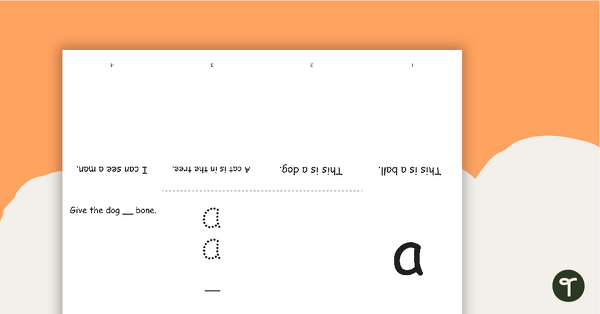
Sight Word Mini Books (First 12 Words)
A set of 12 mini books to consolidate knowledge of first sight words.
- Plus Plan

Noun and Verb Sort – Worksheet
A simple noun and verb sorting worksheet.
- Plus Plan

Open and Closed Questions – Worksheet
A worksheet for students to demonstrate their knowledge of open and closed questions.
- Plus Plan
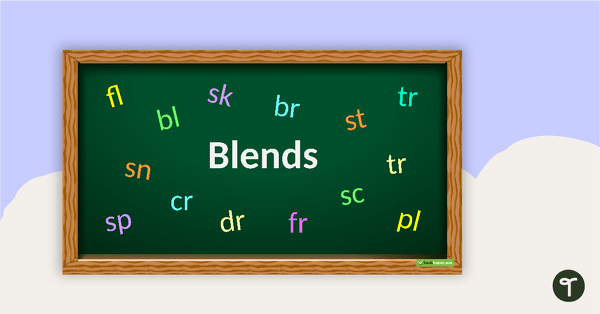
Blends PowerPoint
A 21 slide PowerPoint presentation on different blends.
- Plus Plan
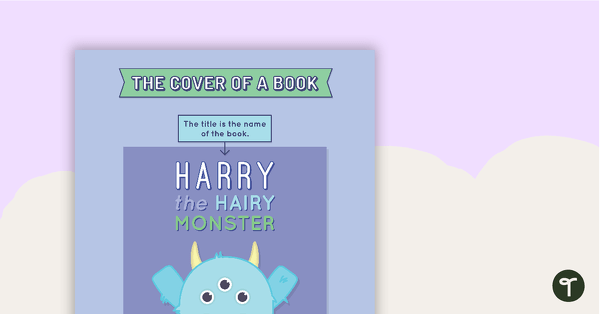
Features of a Book Cover Poster
A poster highlighting the main features of the front cover of a book.
- Plus Plan
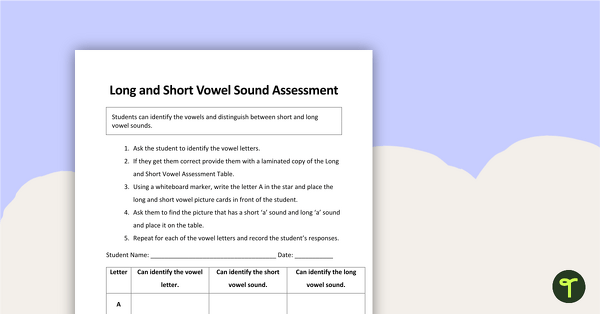
Long and Short Vowel Flashcards (Assessment Kit)
A set of 10 picture flash cards covering long and short vowel sounds and a teacher assessment tool.
- Plus Plan
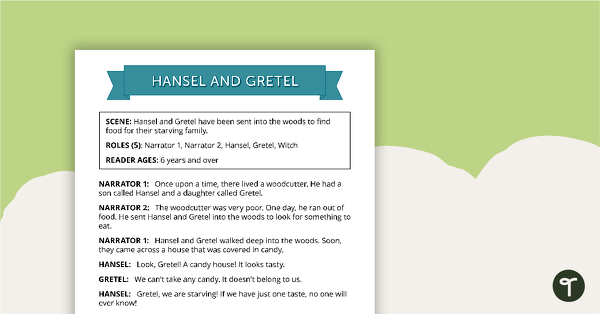
Comprehension - Hansel and Gretel
A fun script and set of questions to help students develop reading and comprehension strategies.
- Plus Plan
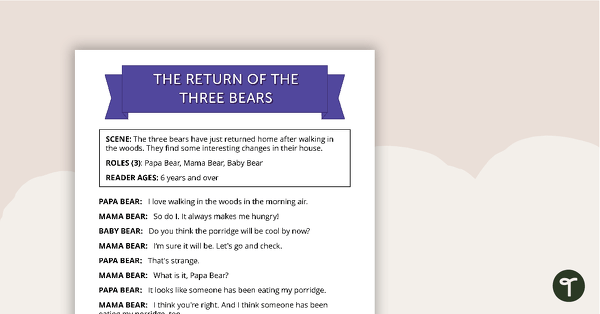
Comprehension - Return of the Three Bears
A fun script and set of questions to help students develop reading and comprehension strategies.
- Plus Plan
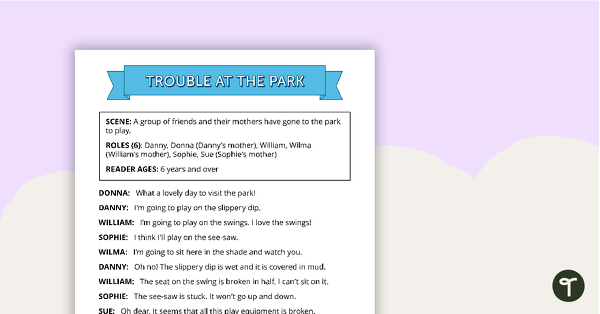
Comprehension - Trouble at the Park
A fun script and set of questions to help students develop reading and comprehension strategies.
- Plus Plan
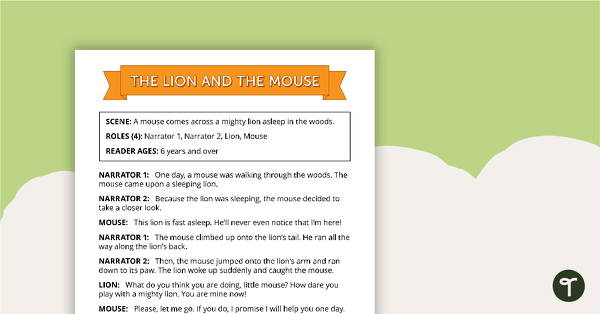
Comprehension - Lion and The Mouse
A fun script and set of questions to help students develop reading and comprehension strategies.
- Plus Plan
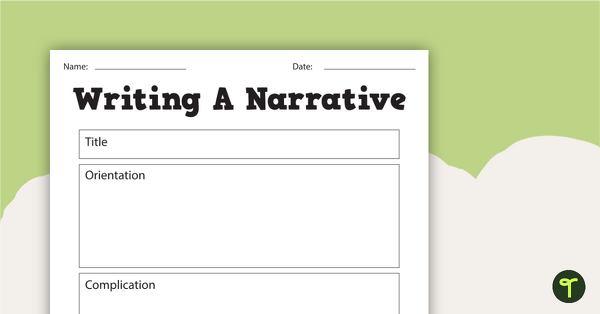
Narrative Writing Pack
A narrative writing teaching pack containing 9 worksheets and posters.
- Plus Plan
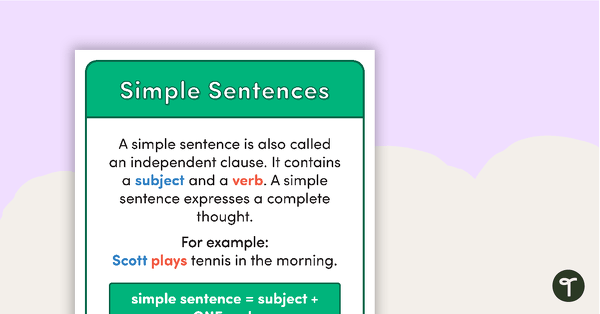
Types of Sentences Posters - Large Text
A set of 7 posters outlining the structure of various types of sentences.
- Plus Plan
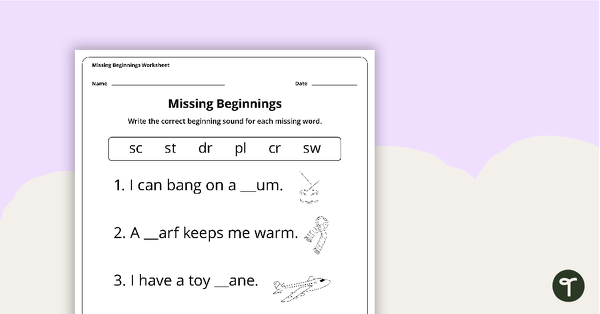
Missing Initial Blends Worksheet
A worksheet to consolidate initial blend sounds.
- Plus Plan
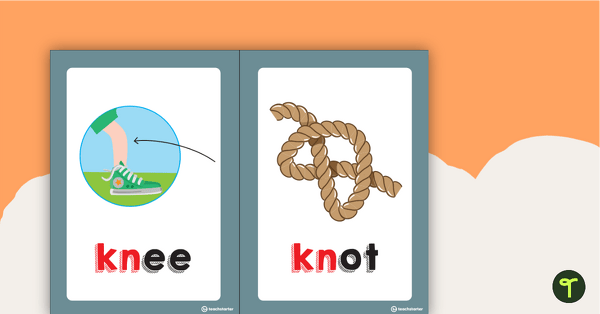
Kn, Ph & Wr Digraph Flashcards
Seventeen flashcards showing kn, ph and wr digraph words and pictures.
- Plus Plan
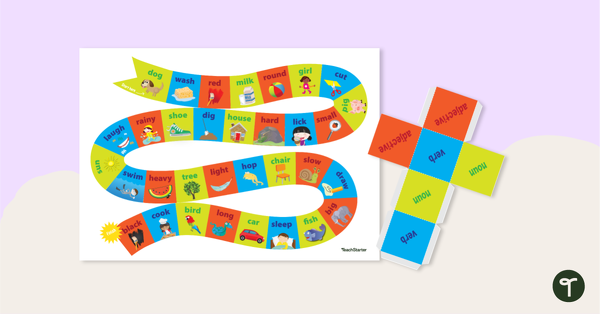
Nouns, Verbs and Adjectives Board Game
Reinforce your parts of speech lesson with our grammar game for up to 4 players.
- Plus Plan
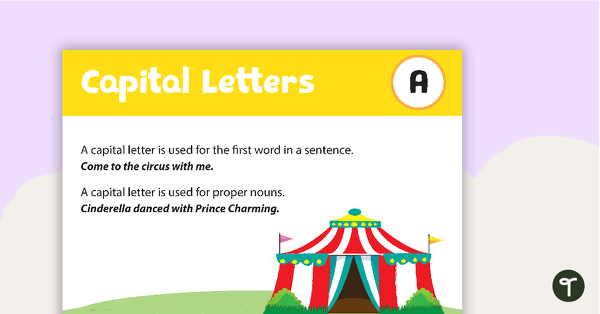
Punctuation Poster Pack
A pack of 7 posters covering punctuation marks for the early years.
- Plus Plan
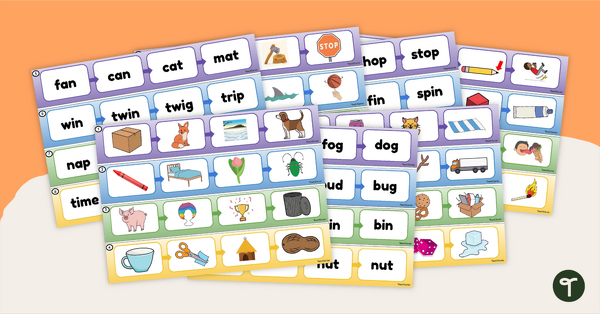
Phoneme Manipulation Picture Cards
Explore phoneme substitution with your students using this set of image task cards.
- Plus Plan
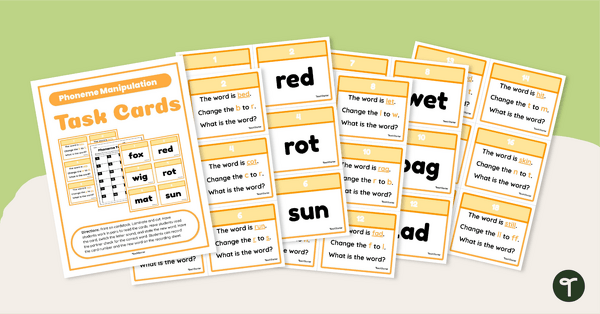
Phoneme Substitution Task Cards
Explore phoneme substitution with your students by using these task cards to replace individual sounds in words to make new words.
- Plus Plan
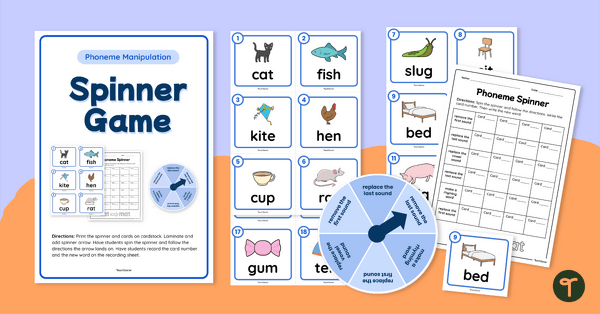
Phoneme Manipulation Game
Explore phoneme manipulation with your students using this fun phoneme manipulation game.
- Plus Plan
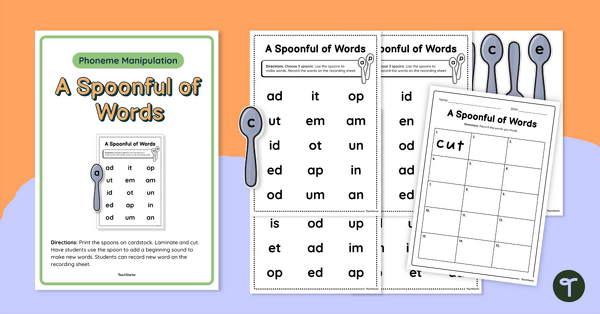
Manipulating Phonemes Activity
Help students practise manipulating phonemes with this manipulating phonemes activity - a spoonful of fun!
- Plus Plan

Phoneme Deletion Match-Up Activity
Explore phoneme deletion with initial and final phonemes with your students, and make new words using this 32 card game.
- Plus Plan

Phoneme Manipulation Task Cards - Where’s My Bone?
Use this phoneme manipulation activity to engage students in listening and manipulating sounds in simple CVC words.
- Plus Plan
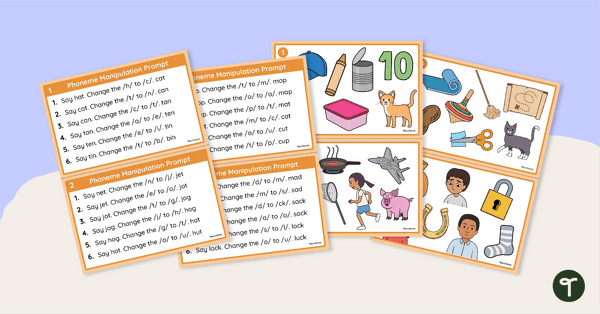
Phoneme Substitution Activity Cards
Explore phoneme substitution with this interactive phonemic awareness learning activity.
- Plus Plan
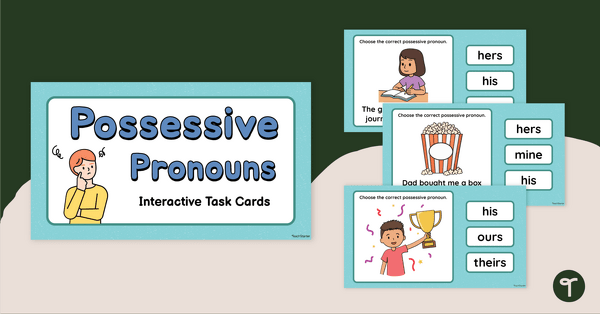
Possessive Pronouns Interactive Task Cards
Use this online possessive pronouns game to get your students identifying and using these important parts of speech.
- Free Plan
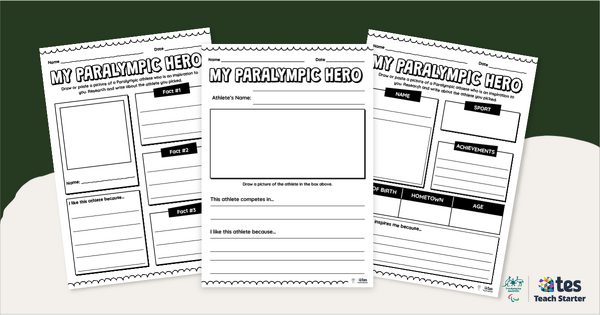
My Paralympic Hero - Athlete Bio Templates
Empower your students to learn about and honour remarkable Paralympic Athletes with these easy-to-use athlete bio templates – ideal for Years 1-5.
- Plus Plan
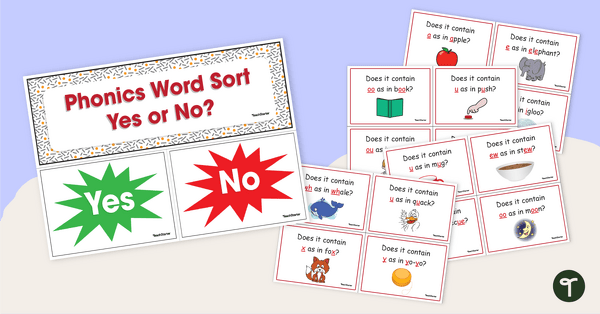
Yes or No? Phonics Sorting Activity
Use this phonics activity to help your students identify the different phonemes that make up a word.
- Plus Plan
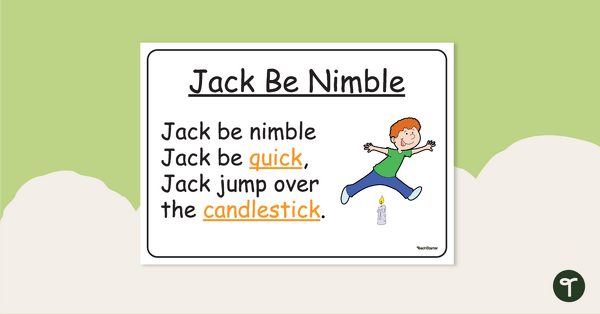
Jack Be Nimble – Nursery Rhyme Poster
Use this “Jack be Nimble” nursery rhyme poster to teach your youngest students about rhyme and rhythm.
- Plus Plan
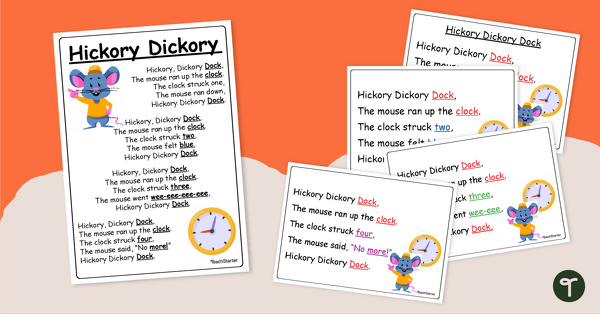
Hickory Dickory Dock – Nursery Rhyme Poster
Use this “Hickory Dickory Dock” nursery rhyme poster to teach your youngest students about rhyme, rhythm and counting.
- Plus Plan
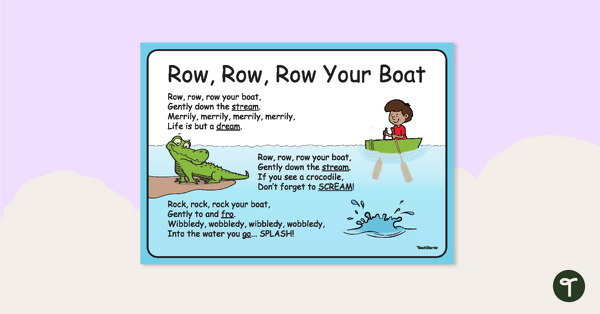
Row Row Row Your Boat – Nursery Rhyme Poster
Use this “Row Row Row Your Boat” nursery rhyme poster to teach your youngest students about rhyme and rhythm.
- Plus Plan
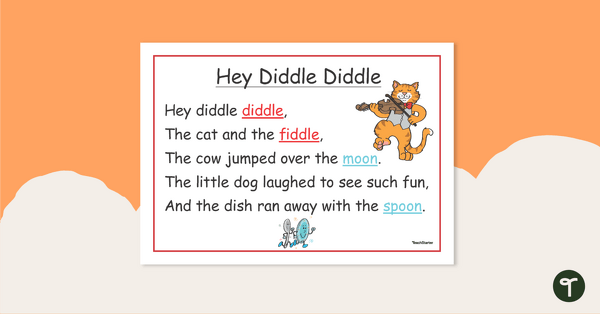
Hey Diddle Diddle – Nursery Rhyme Poster
Use this “Hey Diddle Diddle” nursery rhyme poster to teach your youngest students about rhyme and rhythm.
- Plus Plan
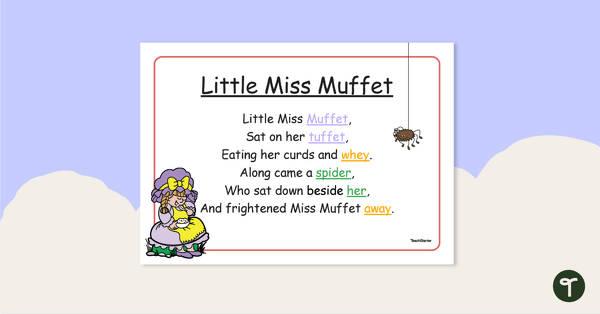
Little Miss Muffet – Nursery Rhyme Poster
Use this “Little Miss Muffet” nursery rhyme poster to teach your youngest students the features of rhymes.
- Plus Plan
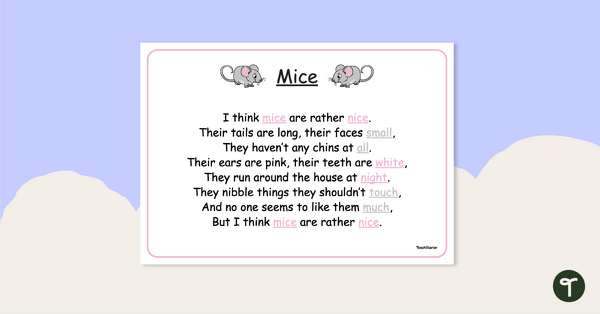
I Think Mice Are Rather Nice – Nursery Rhyme Poster
Use this “I Think Mice Are Rather Nice” nursery rhyme poster to teach your youngest students about rhyme and rhythm.